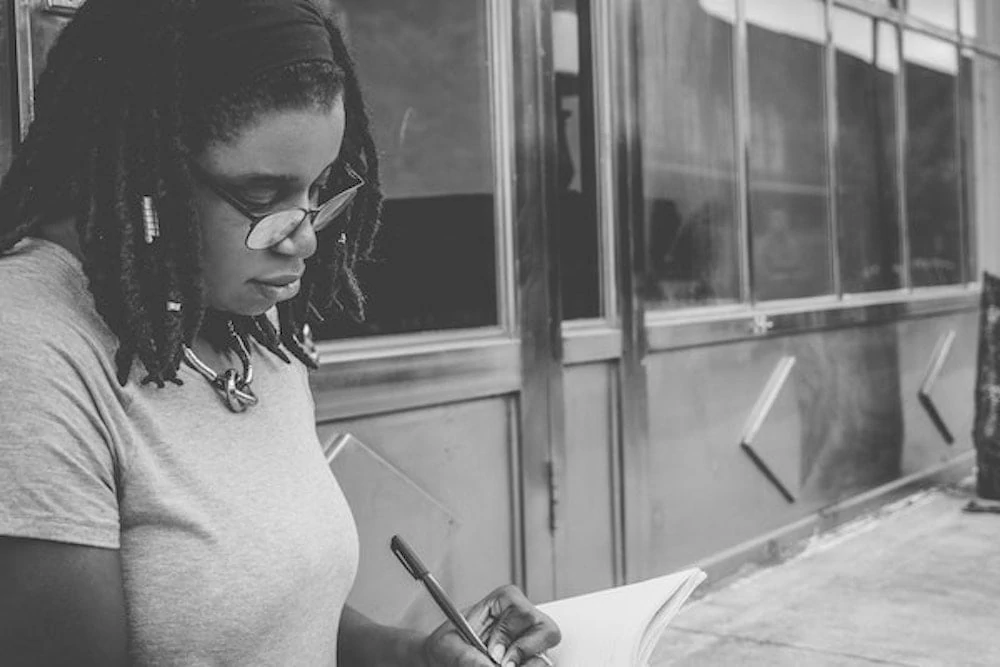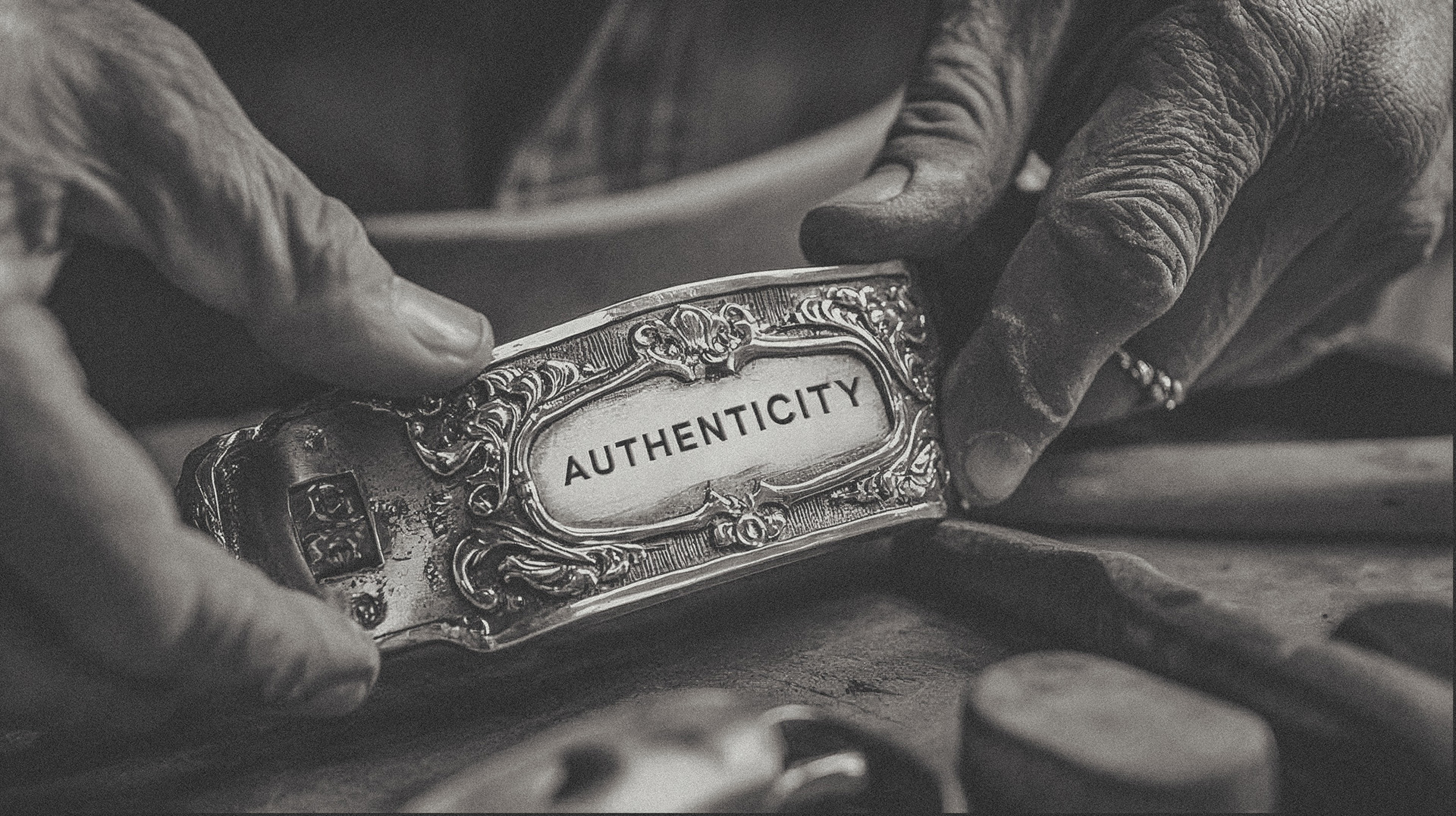I’m not a fan of the term “work-life balance.” You see, when you define balance, there’s an inherent assumption that work and life are two opposing forces. Positive and negative, assets and liabilities, hot and cold, wet and dry. Right and wrong. Love and hate.
In a creative industry like advertising, work and life do not live on opposite ends of a continuum. Even before our world went into lockdown, when our bedrooms became our offices, ideas lived together. Or, in the words of Francois Auguste De Chateaubriand from the 1800’s (and apologies for the gender-specific pronouns of that era):
“A master in the art of living draws no sharp distinction between his work and his play; his labor and his leisure; his mind and his body; his education and his recreation. He hardly knows which is which. He simply pursues his vision of excellence through whatever he is doing, and leaves others to determine whether he is working or playing. To himself, he always appears to be doing both.”
The truth is this: it’s not about a work-life balance. It’s about work-life harmony. What we see/absorb/express outside of work is important for the campaigns we create. There is an inherent need to find ideas in life for work, and in work for life. And as our work and life have nested in the past few months, it’s important to keep looking outward for inspiration. To find ways to escape the bubble, to free our minds when are bodies feel contained.
In advertising, work and life are congruent. The human experience is the common denominator we use to create ideas that translate universally. Our product is not a commercial, print ad, experiential display, digital ad, social video, etc. Our product is the idea. And ideas are transitive.
The ultimate accolade for a brand is not a Pencil or a Lion. It’s when people say, “this brand gets me.” For that to happen, the people creating the ads must first get themselves. This is even more of a reason for our industry to nestle work and life together. It’s not without reason that most purpose-driven, passion-filled campaigns come from personal places.
Life experience can be expressed through a campaign: the love, the loss, the pain, the joy. And we must draw upon the sum of our lives to produce campaigns that convey that sentiment. What we create is hollow without our experiences guiding us. Same goes for home life. The ideas and takeaways from working relationships should be learning tools for our personal life.
So how do you create a work-life harmony? It’s not as hard as you might think.
1. Be Open to Inspiration

In the traditional sense of work/life balance, work happens during work, and life happens the rest of the time. But when we redefine the relationship by opening the door between work and life, it clears a path for collaboration between our two perceived selves.
Did you finally break through to a client or co-worker? Use that insight to help in your personal or family relationships. Did a road trip with your best friend open up an understanding of the human experience? Deck it up and see how it applies to your current client.
As we change our perception, we change our behavior. And when we change our behavior, we can now draw upon all our experiences for a better life, and for better work.
2. Be a Student

I used to manage about 25 social creatives. The skills I seek from others are multidimensional and cross platform. It’s important to find and nurture those skill sets that bleed from vocation to avocation.
For instance, I once sent an art director to a street photo class. That same week, a writer wanted to take a VO class, so I sent her there. It helps their side projects, but also their work on the brand. A VO class allows a better sense of writing dialogue when it is properly spoken. A photography class allows an understanding of composition and lighting, allowing for a more informed review of selects. In these instances, work and life are in agreement, and learnings can be applied to both.
As you cultivate your own interests, find skills and passions that overlap, and see how to bring them from work to life and vice versa.
3. Be Observant

In the checkout line, on the subway, at a birthday party. It’s important to do your research. The best marketers are anthropologists who informally study the human condition. If you are creating an ad for mobile, sneak a peek at how people use their device. If you want to break through to a younger demo, break through with your kids at the dinner table first.
Once on a plane ride, I watched someone next to me go through his camera roll. I observed what from his own content got his attention. How he quickly thumbed through the multiple landscape shots. Which pictures he zeroed in on. The ones with people were most popular, especially shots with him in it. Yes, it’s creepy to look over at someone’s pictures. But, seeing how someone goes through their own valuable content is a perspective that many advertisers, despite the expensive suites of tools and analytics, don’t often get.
Some of my most successful moments of insight have come through patterns I’ve observed, actions I have seen, conversations I have heard or overheard. Throwaway words or everyday moments can become profound in a new context.
4. Set Limits

There is writing, deck jockeying, etc. that needs to be done. So it’s important to set the limits on work, emails, devices, etc. and be present during important moments in life. Define and stick to a timeline so the active work can have a place in your life, while the passive work around inspiration can continue. Work and life are at their best when they live in congruence.
If we think of work and life as two different forces, we limit our ability to learn from each. If we look at both as opposites, we will never feel the need for one to inspire the other. If we silo work and life, we can never fully understand that balance should not be the goal, rather harmony should.
So expand your frame, create a flow, and put these thoughts into practice. Stop shutting the door between work and life and see what good can come of it. And if people “get you” and your work, you know you’re onto something.


